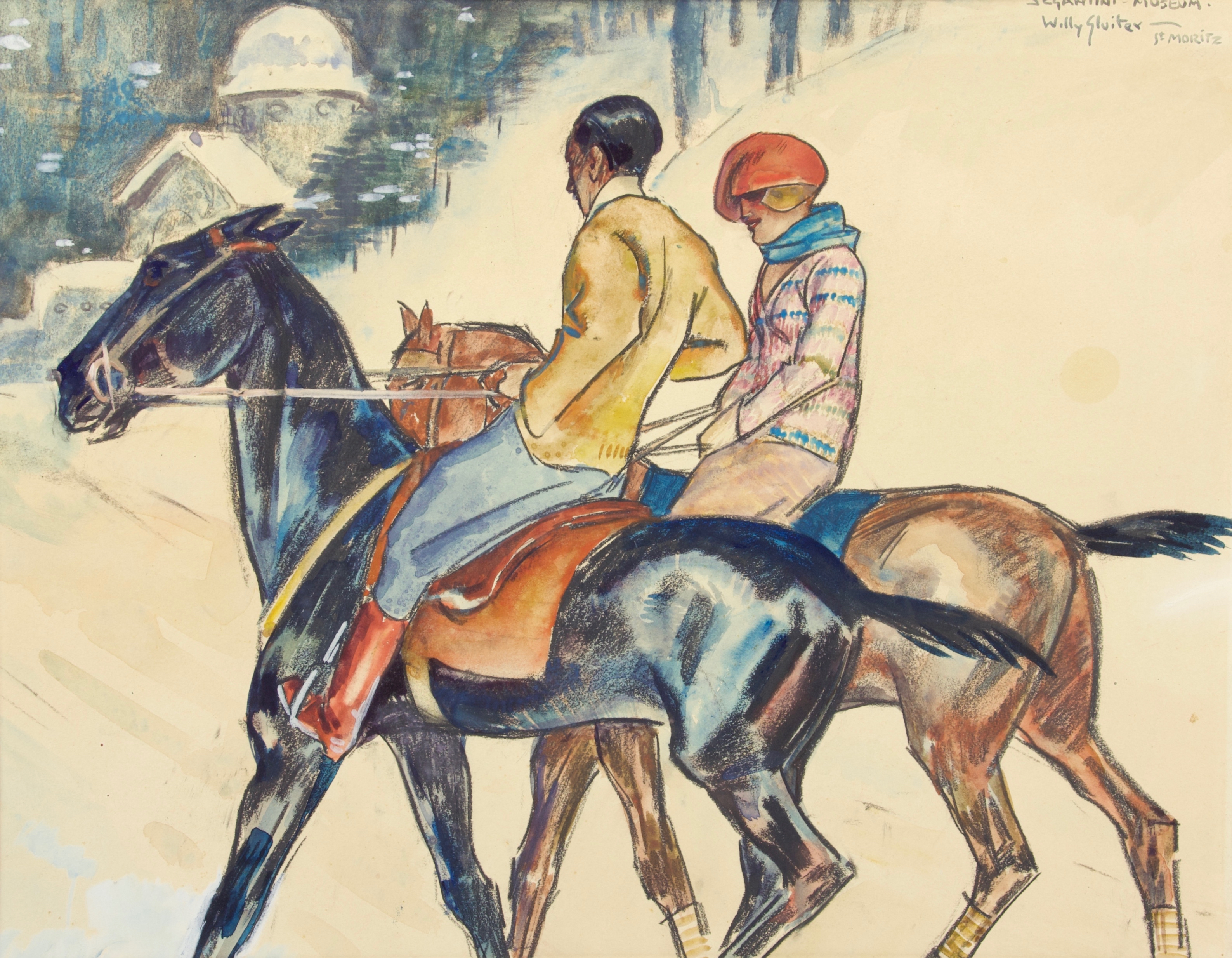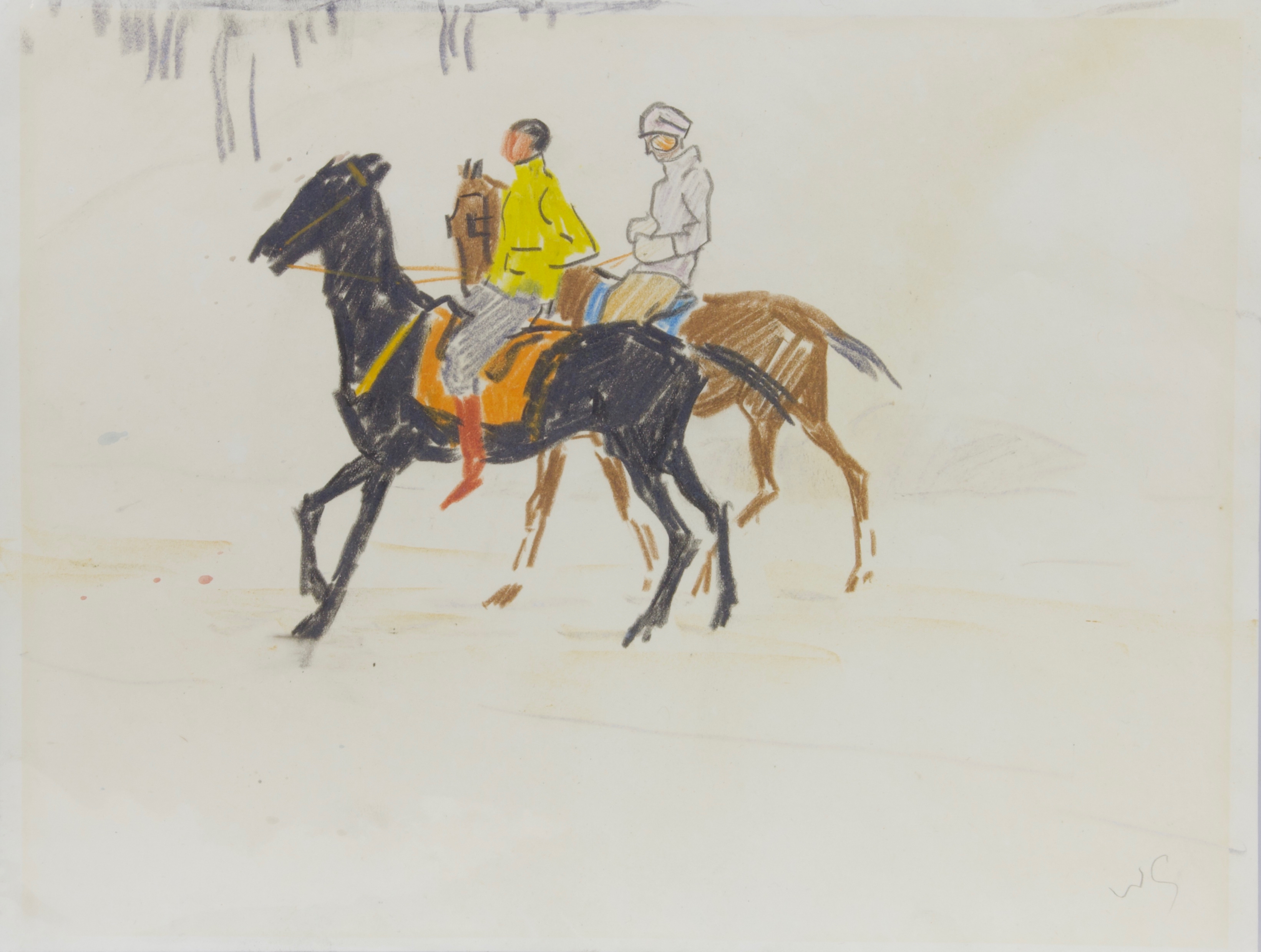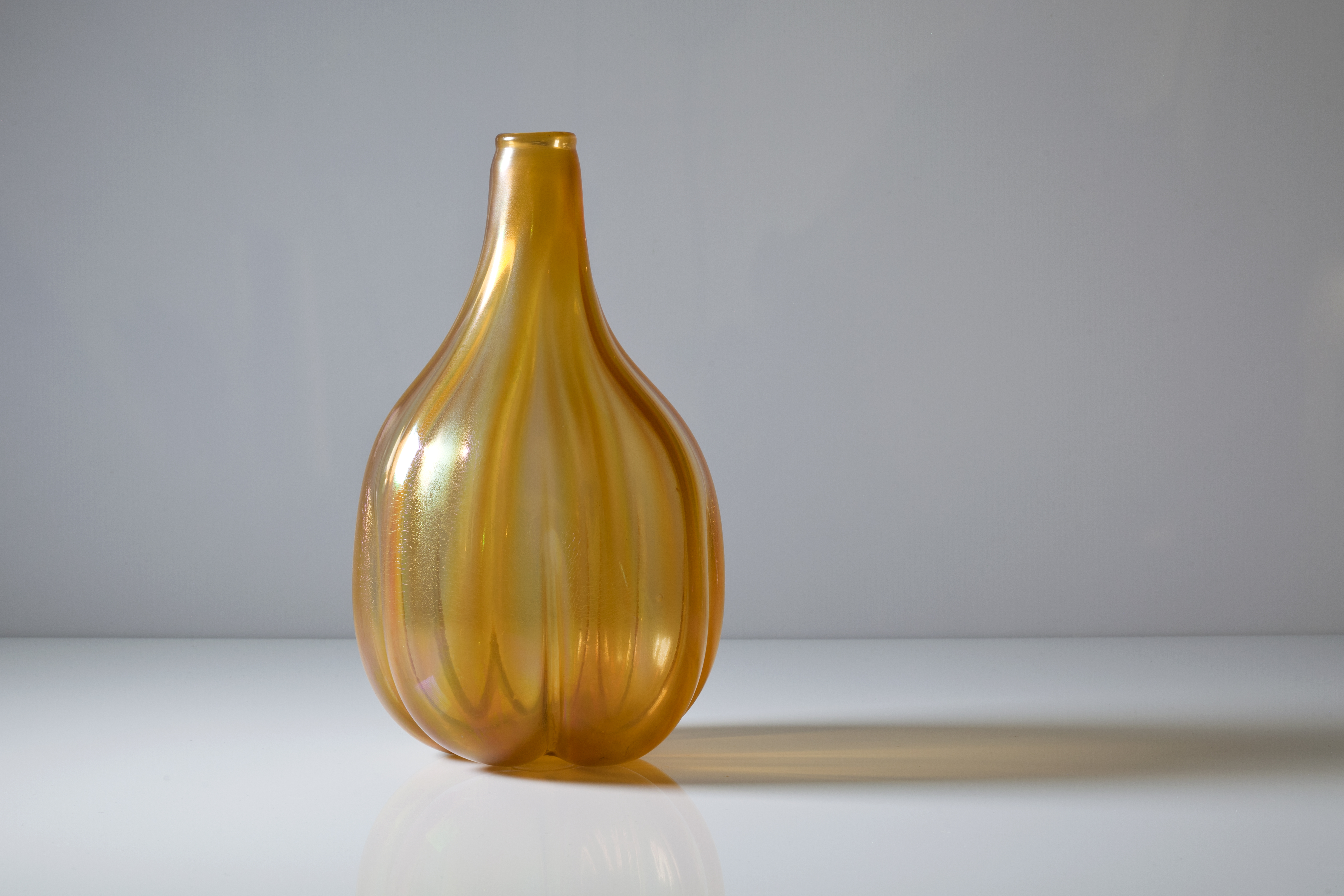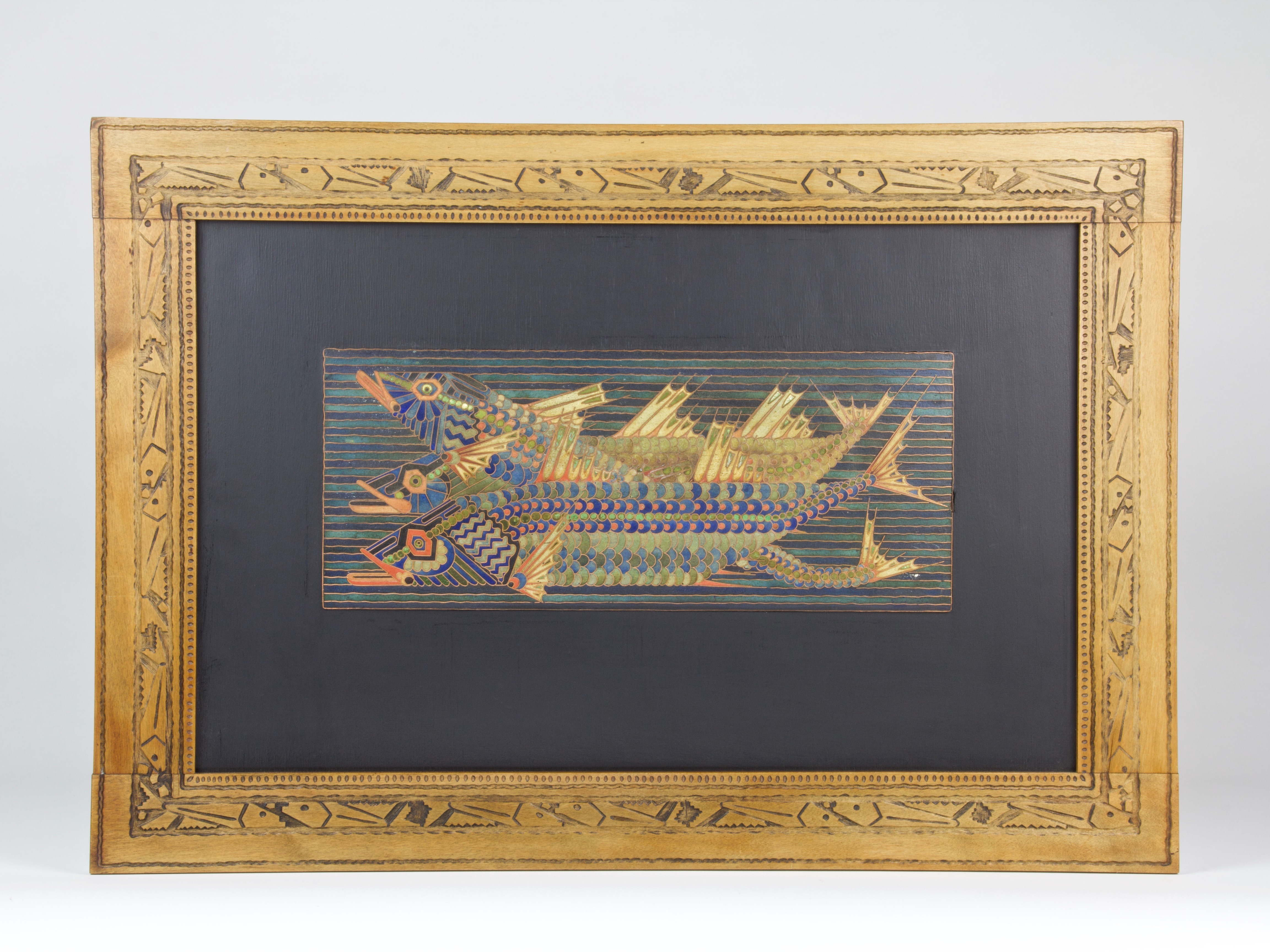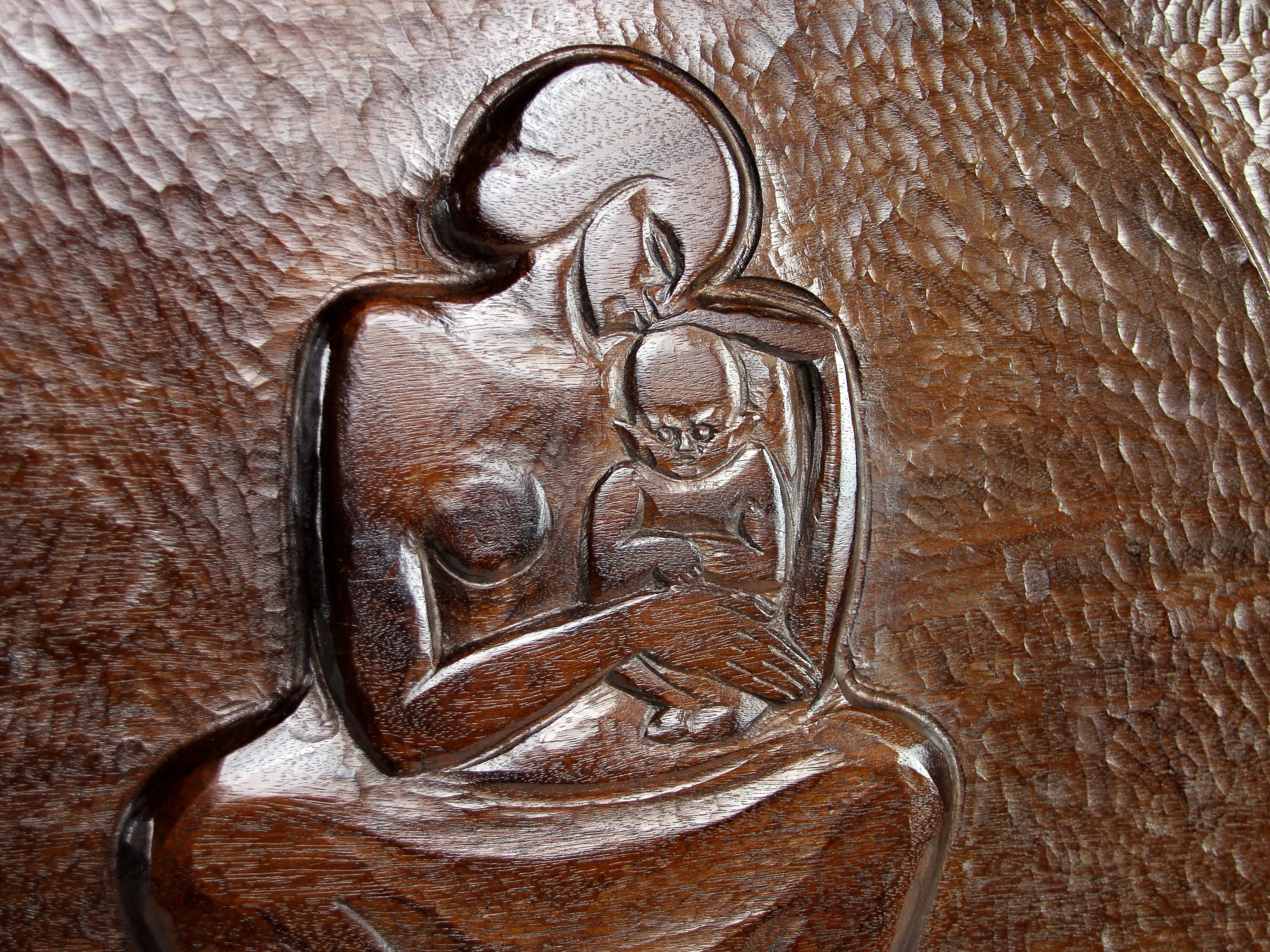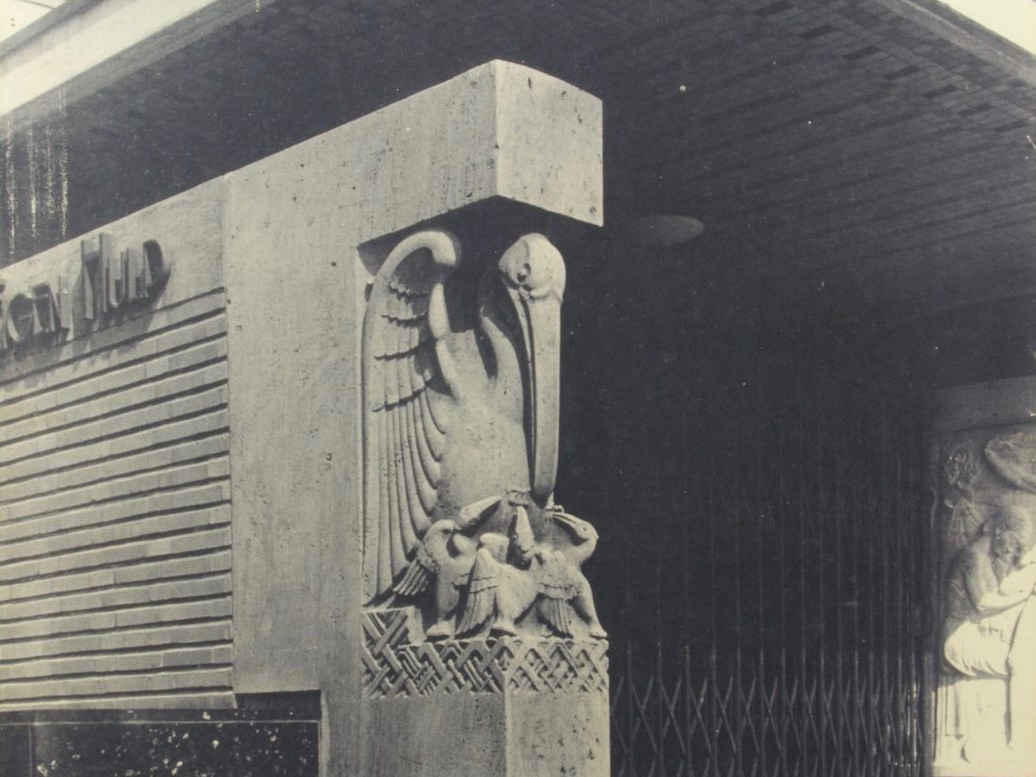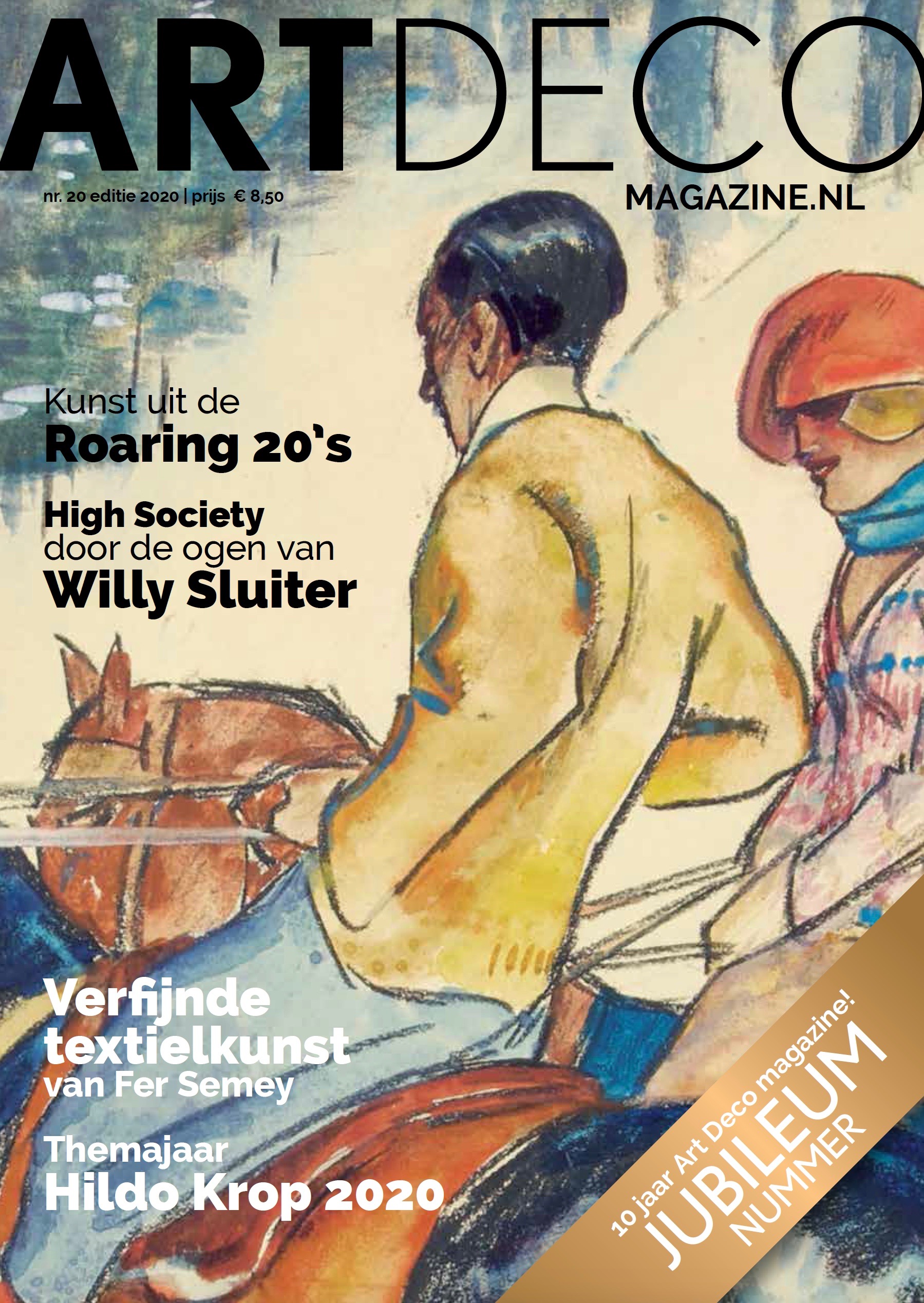High Society: Willy Sluiter paints mundane life in the Alps
Sankt Moritz, 1920s. Wealthy snow tourists from all over Europe settle down to enjoy the healthy mountain air during the winter months. The Great War is over and the good life is fully celebrated in the sophisticated Swiss village. There is dancing, sports and intense enjoyment. Sankt Moritz is bustling and Willy Sluiter (1873-1949) is there to record it.
Segantini Museum
What could be more romantic than a horseback ride through the snow? A young couple set out together to explore the surroundings of Sankt Moritz. He’s dressed in equestrian costume, she’s provided with a woolen beret and scarf against the cold. The shiny coat of the black horse reflects the white snow around them. The gentleman holds the reins firmly in his hands so his horse won’t gallop from underneath him. The brown horse, being ridden sideways by the lady, is keeping it at a calmer trot. Together they drive through the fresh air of the snowy valley in St. Moritz towards the Segantini Museum, the contours of which loom in the background between the snowy branches of the pine trees.
Freedom and zest for life in the interbellum period
The work of Willy Sluiter, executed in mixed media, breathes the regained freedom and zest for life of wealthy Europeans in the interbellum period. Sluiter could capture that energy like no other. How he managed to do so is illustrated in a special way by a preliminary study that could be linked to the main work by Kunstconsult. With a sketchbook and wax crayon in hand, Sluiter created a quick sketch on the spot, in which he captured the bright yellow jacket, the riding boots and the forward stance of his horse with firmly applied lines and surfaces. All details would be edited later in a larger size. Did the lady portrayed really have an orange beret, or was the colour chosen in retrospect, so well matched with the cognac-colored riding boots of her male company? Those are the secrets of the artist ...
Willy Sluiter, Study for the work "Segantini Museum", St. Moritz, early 1920s, wax crayons on paper.
Humorous look at luxury life
Willy Sluiter became very popular with his well-portrayed representation of horsemen, skiers and other partying guests. The vacationers naturally discovered that après-ski by a roaring fire in a Swiss chalet was at least as important a part of winter sports as skiing itself. Thus, luxury resorts were created in the Alps where the well-to-do bourgeoisie gladly withdrew. In addition to a great talent for impressionist landscapes and seascapes, Sluiter had the exceptional ability to characterize his contemporaries in a striking and often humorous manner. Originally from Amersfoort, the painter was a student at the Rotterdam and The Hague Academy of Visual Arts, stayed in artists' villages such as Scheveningen, Katwijk and Laren, traveled via Paris through Europe and developed, among other things, into a beloved portrait painter of the higher echelons.
The popularity of Willy Sluiter
Willy Sluiter received great appreciation for his work from the 1920s onwards. Awards and illustration assignments for magazines, posters, advertising and book covers bear witness to this. A wonderful example of his popularity is the cover of the Christmas edition of the Haagsche Post opinion week magazine from 1921. We see two happy winter sports enthusiasts at the bottom of the slopes. The sun beames on their faces, time for some mulled wine! And hey, isn't that the cheerful orange beret?
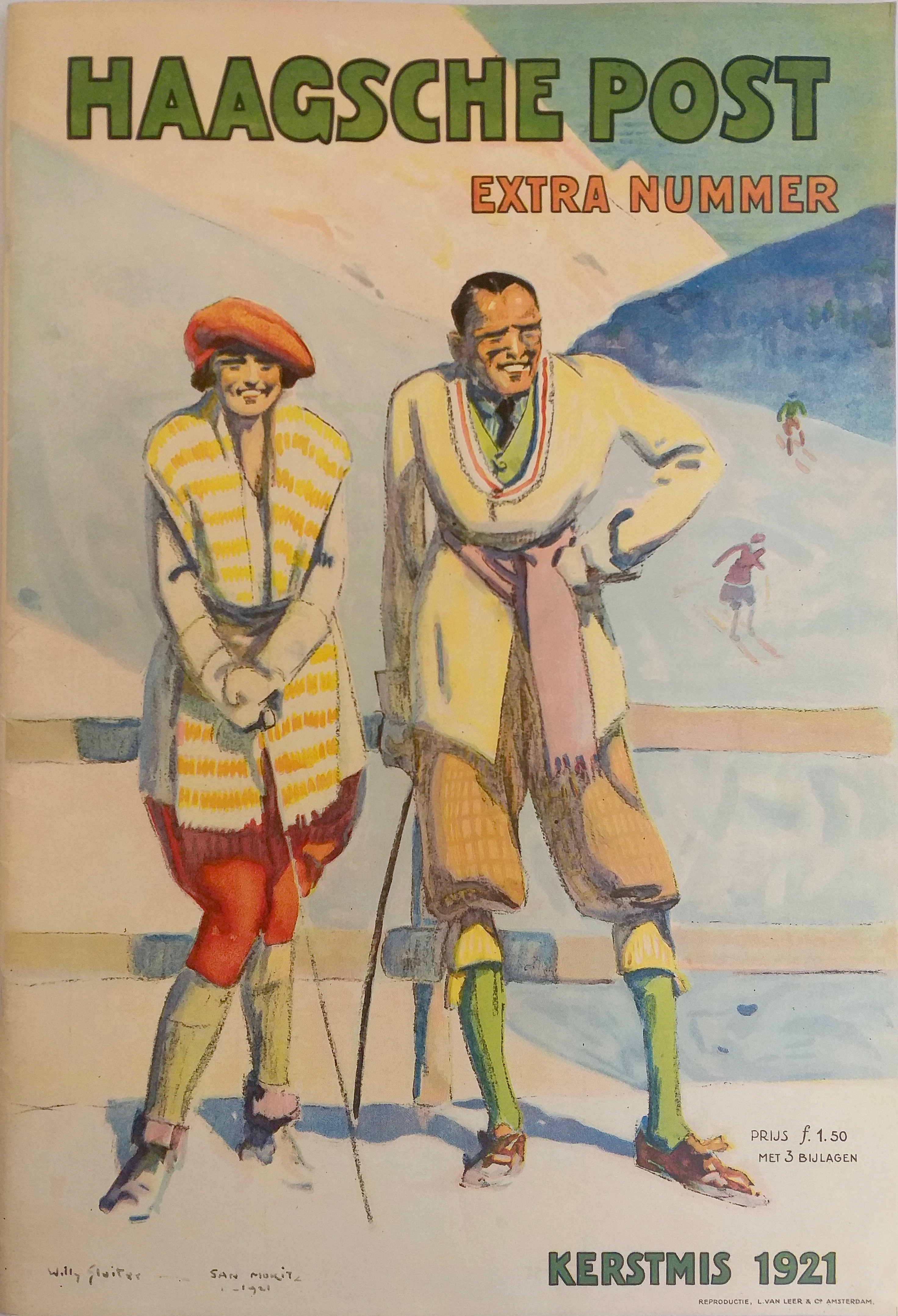
Willy Sluiter, Cover of The Hague Post, Christmas 1921.
Above: Willy Sluiter, ‘Segantini Museum’, Horsemen near the Segantini Museum in the snow, St. Moritz, early 20s, mixed media.
All works: Collection Kunstconsult - 20th century art | objects, photos: Noortje Remmerswaal and Naomi Verbeek.
Text: Naomi Verbeek
